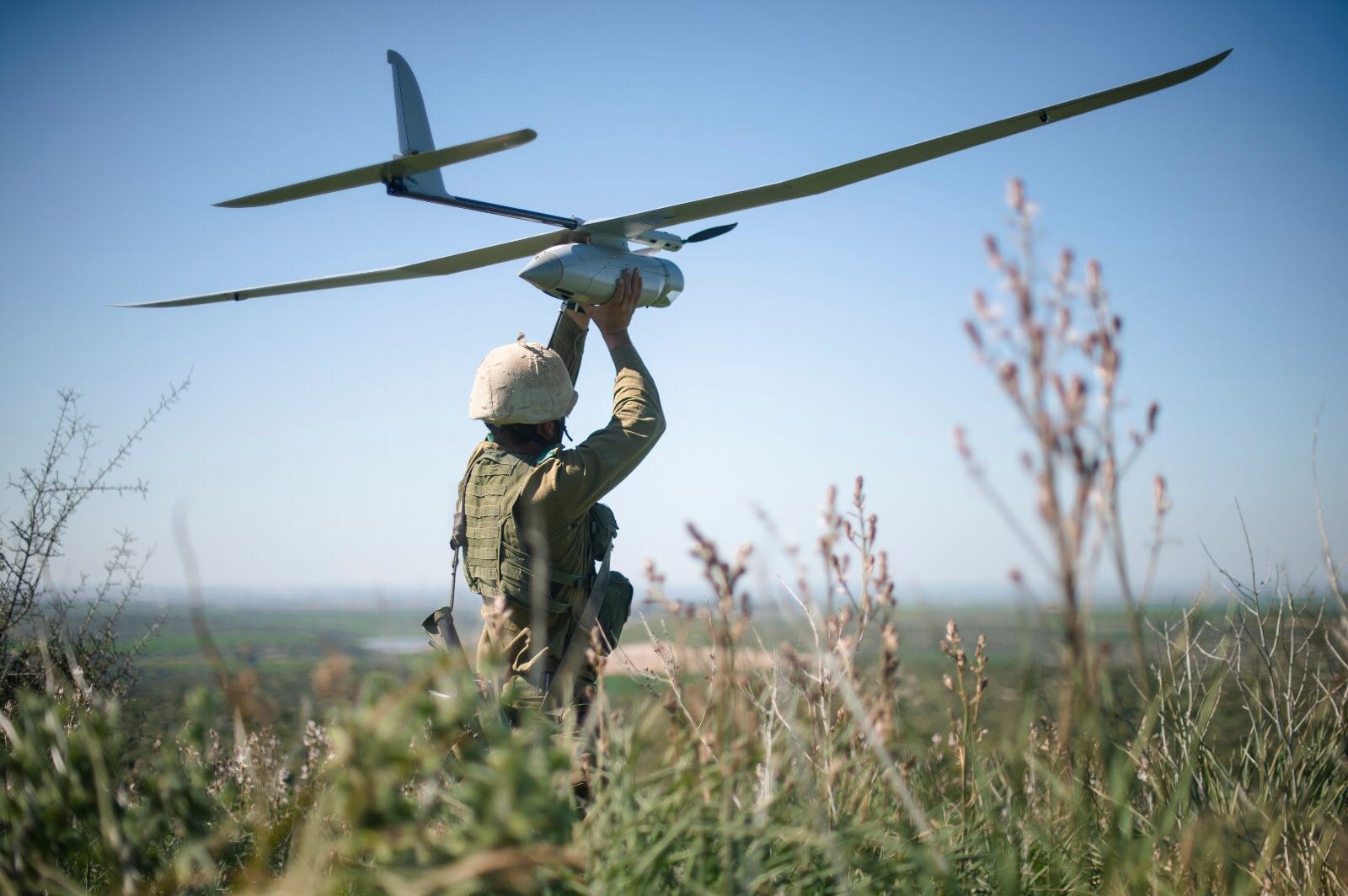
Highlights from recent defense and military coverage
Analysis: Tensions on Gaza border a delicate balancing act for Israel
The Gaza Strip is the least stable sector in Israel’s neighborhood, and the truce in place between Israel and Hamas is likely to face new tests shortly.
The potential catalysts for violence coming out of Gaza are growing, though this does not mean a breakdown in the truce is inevitable.
Faced with these challenges, Israel’s defense establishment is pursuing a delicate balancing act.
For more details, click on my latest analysis for i24.
Israel’s security forces brace for a spike in Palestinian tensions (and have become much more effective against lone attackers)
A security source told me that since the beginning of 2018, no fewer than 200 lone attackers were identified and stopped before they could strike. The Shin Bet domestic intelligence agency is behind these efforts.
The security source revealed that in 2017, as many as 1,300 lone attackers were identified and stopped before they could strike.
These numbers give a sense of the scope of the threat, but they also indicate the advances made by security forces in their ability to utilize technology to track down lone attackers in time.
For more details, see my article for JNS.org here.
How the IDF Prepares For Hizballah’s South Lebanon Military Fortress
Hizballah’s war doctrine is based on the idea of threatening the Israeli home front, and Israel’s national strategic targets, while tightly defending its Lebanese bases. Hizballah’s presence in neighboring Syria means that it could use that territory too, as a future base of attack.
In the face of this threat, IDF ground forces have launched major changes to their training, structure, and doctrine. The goal of these changes is to better prepare them for the possibility of conducting a ground invasion into southern Lebanon (as well as Gaza, the home turf of Hamas), should the need arise.
For more details on the restructuring, check out my piece for the IPT here.
Palestinian cold war heats up as reconciliation efforts fail
A P.A. convoy carrying Palestinian Prime Minister Rami Hamdallah and the head of the P.A.’s General Intelligence service, Majed Faraj was targeted by a roadside bomb in Gaza. They had arrived there as part of ongoing reconciliation efforts, which have stalled. The high-level convoy quickly returned to the territories.
Since then, P.A. leader Mahmoud Abbas has threatened to cut off payments to Gaza, as the two Palestinian movements traded recriminations, moving further apart from any chance of reconciliation. The latest developments seemed to underline just how unrealistic it is to expect the P.A. to be able to consolidate itself in Gaza, nine years after being brutally ejected in an armed Hamas coup.
“This explosive device was designed to send a message, not to kill. They could easily have killed had they wanted to,” Dr. Col. (res.) Moshe Elad, one of the founders of the security coordination between Israel and the P.A., told JNS. “This was a warning, saying the Gazan public is not willing to let the P.A. back. It’s a statement saying, ‘Be careful.’ ”
…
In his view, it was Faraj—the P.A.’s intelligence chief—who was the intended recipient of the warning.
My interview with Israel Navy’s Submarines Department head
In one of his first ever interviews to the media, the head of Israel Navy’s Submarines Department told me about the Future Israeli Navy Submarine (FINS) program.
The colonel has the challenging job of desining submarines that will remain operational for decades into the future, before knowing what the future threats will be. He talked about ways of tackling this challenge.
“In terms of schedule, we are right on time,” Col G. said. “If I want a submarine to get here at end of the next decade, I have to start building in 2020. We don’t have much time to waste.”
My article for Jane’s Defense Weekly is here.